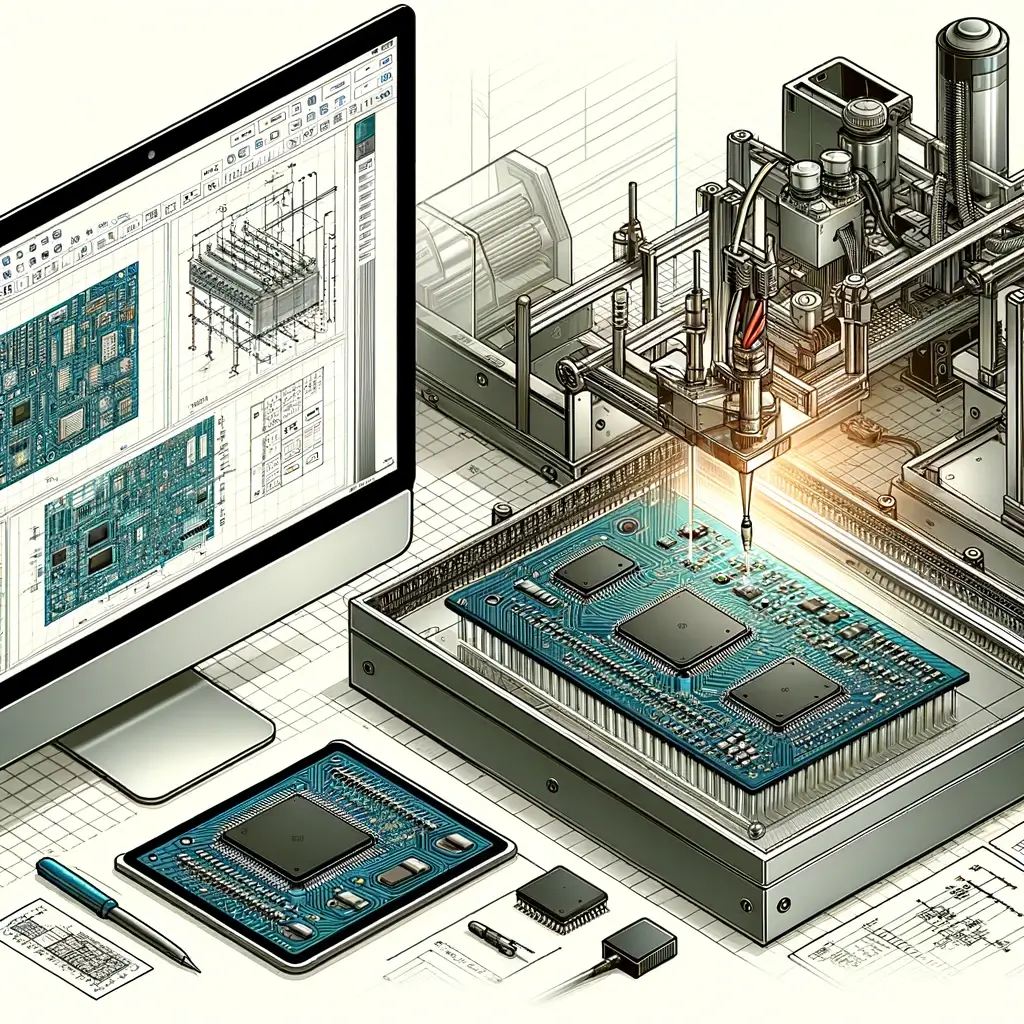Understanding Ceramic PCB: Fundamental Differences with Traditional PCBs
Circuit boards have been a fundamental component in modern electronics, used in a wide array of devices such as smartphones, computers, and medical equipment, and much more. Traditionally, Printed Circuit Boards (PCBs) have been the standard when it comes to engineering electronic devices. Ceramic PCBs, however, are quickly becoming an attractive and increasingly popular alternative to traditional PCBs when it comes to designing electronics. But what is a ceramic PCB, and what makes it so different from your traditional PCB?
To understand ceramic PCBs, we first need to understand what printed circuit boards are and how they function in electronic devices. PCBs are a platform for electronic components to be mounted and interconnected. They consist of a conductive metal layer (usually copper) etched onto a non-conductive substrate (usually fibreglass-reinforced epoxy). The conductors are arranged meticulously for efficient power delivery and the overall working of the electronic device. PCB layers can vary in thickness depending on the device size and the number of components.
Ceramic PCBs, on the other hand, consist of a ceramic substrate, usually alumina or aluminum nitride, for an interconnected metal layer. The ceramic material is appealing in electronic design due to its exceptional thermal characteristics, stable dielectric loss, and high mechanical strength. These features make it ideal for those applications where high-frequency circuits, high wattage, or even high-temperature electronics components are needed. One such instance is used in LED lighting, where the high thermal conductivity of ceramic PCBs serves as an excellent cooling agent.
PCBs are infamous for various issues, such as thermal stress, capacitor plague, and electromagnetic interference(EMI). Since ceramic plates have a higher thermal conductivity rate than traditional PCBs, they are less at risk of difficulties arising from thermal stress. The etched metal circuit on the ceramic PCB is also less chance to corrode, as ceramic plates are more corrosion-resistant than other PCBs. A ceramic PCB also offers excellent electrical insulation, making it ideal for high current and high voltage circuits. Ceramic PCBs also come with a sealed surface, which provides a protection layer against EMI.
Aluminum PCBs are the most commonly used type of ceramic PCB. They have a thermal conductivity rate of 2-3 times that of traditional PCBs and high mechanical strength. Due to their strong mechanical strength, ceramic PCBs can quickly withstand the rigors of the manufacturing process and high-temperature requirements. When it comes to electronic devices, aluminum PCBs are widely used in power supplies, LED lighting, and radios.
Conclusion:
In conclusion, the fundamental differences between traditional PCBs and ceramic PCBs are the base materials used. The ceramic substrate gives ceramic PCBs a higher thermal conductivity rate, high mechanical strength, and a more stable dielectric loss rate. These features make ceramic PCBs ideal for high-frequency applications, high wattage electronics components, and high-temperature circuits such as LED lighting and power supplies. In layman’s terms, if you’re dealing with electronic devices that produce a lot of heat or require a high voltage, a ceramic PCB would be a better choice over a traditional PCB. The versatility and functionality of ceramic PCBs make them increasingly popular and ideal for the ever-growing electronic developments.



